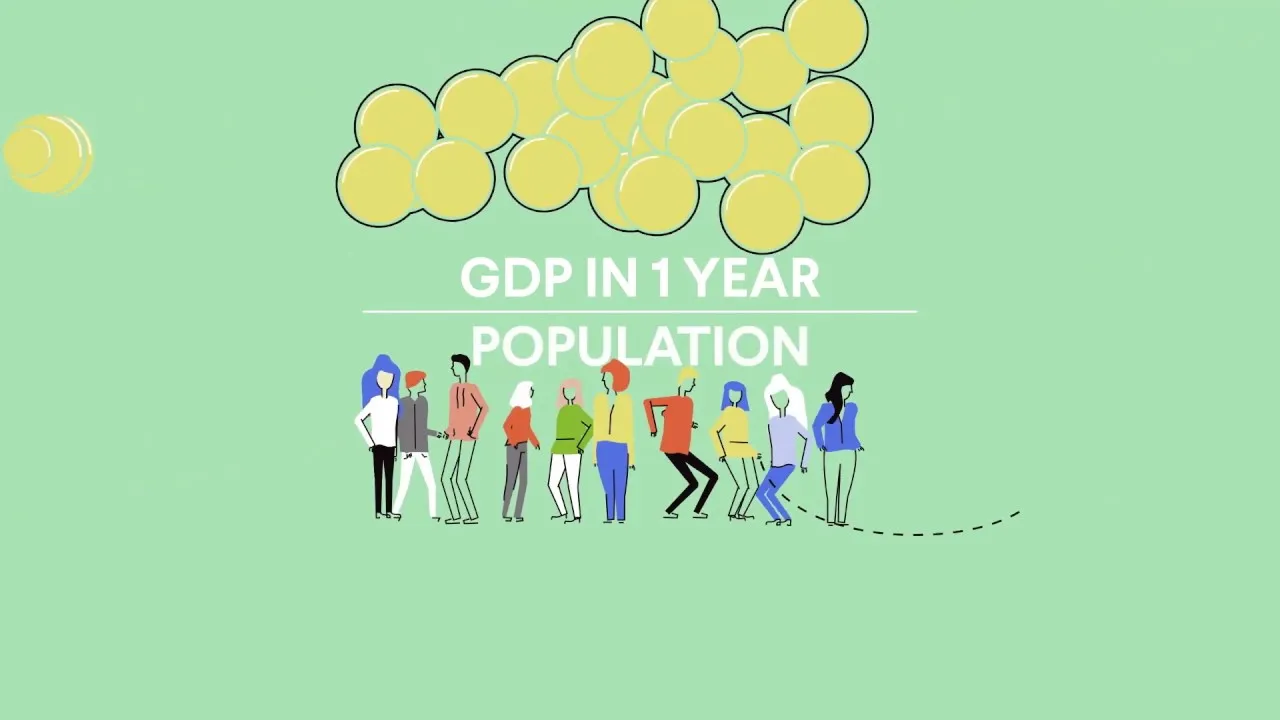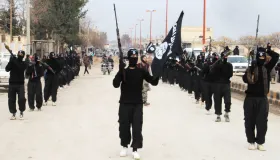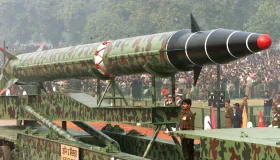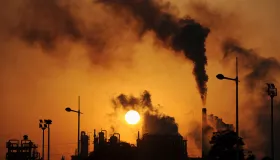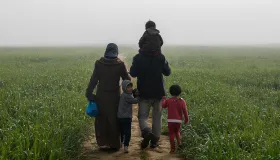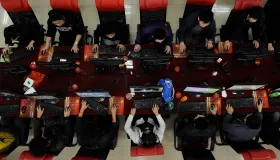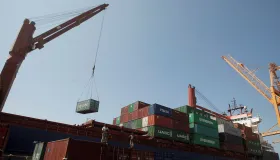Global Development Explained
How do governments help people everywhere become healthier and wealthier? Many countries have made great strides in global development progress but challenges remain.
The world is healthier and wealthier today than ever before. As the world has become more connected and technologically advanced, some countries have made drastic improvements in core areas of human and economic development. For example, life expectancy and economic growth have expanded significantly over the 20th and 21st centuries. Some countries have experienced significant economic development driven by new economic policies that encourage trade alongside developmental assistance from countries with larger economies that see strategic value in providing aid. But others, especially those that have experienced political instability, natural disasters, and long-term domestic conflict, have seen less improvement.
So what is development and what is the difference between developed and developing countries? The answer is complicated. Understandings of international development have evolved significantly over time to encompass a range of factors including everything from economic growth and human health and wellbeing to other forms of social and political stability. Terms such as “developing country,” “low- and middle- income country,” and “Global South” are sometimes used to describe certain regions of the world. But the use of these terms today remains a subject of ongoing debate.
It’s easy to think of the world as divided into two groups: developed and developing. But countries that some refer to as developed, including the United States, still have room for improvement. As income inequality rises and climate change threatens the planet, countries are exploring ways to continue the positive trend of global development while paying more attention to equality and environmental sustainability.
